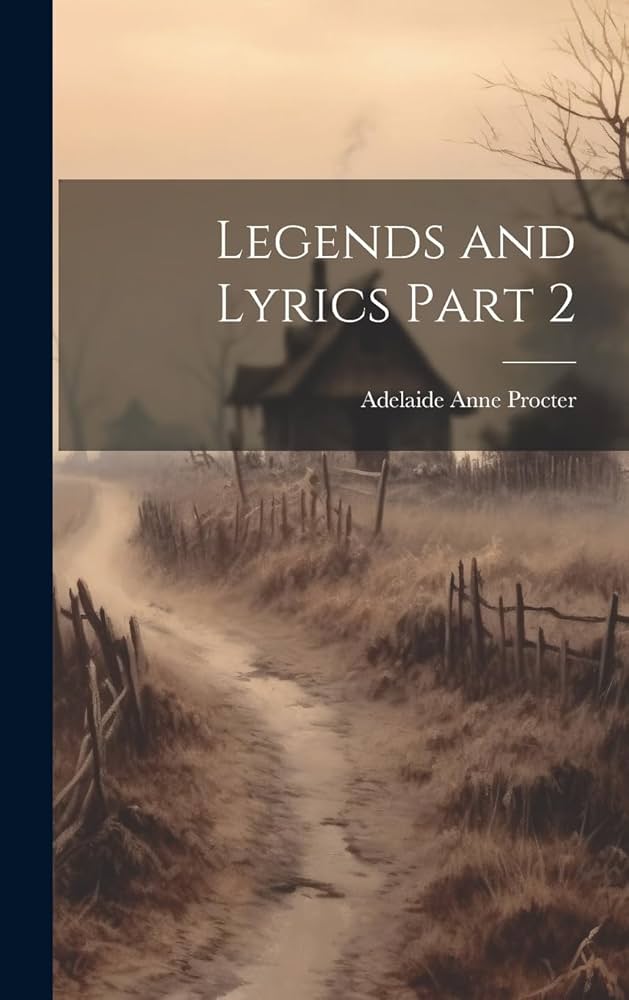VERSE: The Carver’s Lesson
byThe Carver’s Lesson speaks to those who create not with their hands alone, but with their hearts and convictions woven into every detail. The speaker urges that skill, while essential, is not the highest virtue of art. What truly matters is the message that breathes quietly through each carved form—a whisper of peace, kindness, or truth hidden in wood or stone. A carved rose should carry more than beauty; it should soften a heart or inspire a thought. This lesson isn’t just for sculptors—it’s for all who create with intention. The work must carry a voice, one that speaks long after the carver is gone.
Viewers often pass by these works, judging quickly or not at all. Some admire the smooth lines, others criticize what they don’t understand, and many see only decoration. What they miss is the spirit folded deep inside—the hours of reflection, the silent prayers carved into curves. This hidden labor is offered without need for applause. The carver does not expect the world to pause in recognition. What matters is that someone, someday, might find something they didn’t know they were searching for. It is this unseen impact that gives the work its quiet strength.
Over time, names of creators will fade, but their intentions will echo through generations. A traveler may touch a carved angel on a cathedral wall and feel something stir—hope, peace, or clarity. They won’t know the name of the hand that shaped it, but they’ll feel the care that lingers. In that moment, a dialogue is created between the past and the present, between the carver and the soul in need. Such art becomes more than stone or wood; it becomes a companion, a guide, even a form of prayer. Art lives because feeling was poured into it, not because the artist demanded to be remembered.
This view redefines success. It’s not about being seen, but about being felt. The speaker reminds us that a wise or loving message, planted in a humble detail, might reach someone hundreds of years later. That’s the gift of quiet art—it travels farther than fame ever could. A carved vine on a doorway might seem minor, yet one glance can comfort someone facing grief or confusion. The carver’s lesson is clear: create not to impress, but to connect. That intention will carry forward, no matter how time erodes names and walls.
It’s easy today to focus on recognition and immediate response. But the poem suggests a different reward—the lasting resonance of meaningful work. Carvers, writers, musicians, and builders are all invited to embed more than surface beauty. They are called to leave traces of wisdom, reminders of compassion, and soft answers for hard days. This isn’t romanticism—it’s a kind of responsibility, one that asks creators to leave something behind that helps rather than distracts. Such contributions may seem small, but their effect ripples in ways no applause can measure.
There’s something deeply human in this perspective: a hope that what we do now will matter later, that our quiet efforts will outlive our flaws. Not everything needs a signature to be significant. Sometimes the most impactful words are those that don’t call attention to themselves. A carver may never know the person they helped, and yet their work remains—a silent presence offering support. That kind of legacy, though unseen, is incredibly powerful. It assures us that goodness, when placed into the world deliberately, finds its way.
Through this message, the poem also offers comfort to creators who feel unnoticed. It says, your work is not wasted. Every sincere effort made with care carries potential far beyond what you can see today. Perhaps it will rest quietly until someone needs it. And when they do, they will not feel alone. The carver’s voice, though long silent, will meet them in their struggle, saying exactly what needs to be heard.
The Carver’s Lesson is ultimately not just about artistry, but about purpose. It encourages us to live and create in a way that leaves behind a trace of kindness. Even if the world forgets our name, the message we leave—if true and loving—will speak long after we’re gone. That’s what makes art, and life, meaningful.

